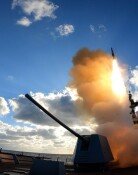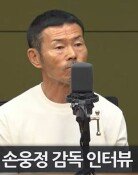Controversies over N. Korean leaders call for highest-level talks
Controversies over N. Korean leaders call for highest-level talks
Posted January. 03, 2015 07:13,
There are divergent interpretations of North Korean leader Kim Jong Uns remarks of highest-level talks in his New Years speech, as the North calls a summit top-level meeting. Some experts argue that the highest-level talks referred to a meeting involving the Norths titular leader Kim Yong Nam.
The August 5, 2007 inter-Korean agreement on a summit between South Korean President Roh Moo-hyun and the Norths Kim Jong Il also has the expression top-level. At that time, Pyongyangs documents for the summit state that the two Koreas would hold preparatory contacts for the top-level meeting in Kaesong as soon as possible.
However, the North used the expression highest-level talks for the first inter-Korean summit. The June 15, 2000 joint declaration issued after the summit between then South Korean President Kim Dae-jung and the Norths Kim Jong Il says that the two leaders had a historic meeting in Pyongyang and held the highest-level talks. The Norths 1994 notification to the South on an agreement to hold preliminary contacts for a summit between then South Korean President Kim Young-sam and North Korean leader Kim Il Sung also called the summit highest-level talks. Kim Il Sungs New Years speeches in 1986 and 1900 that offered inter-Korean summits also uses the expression a meeting between the authorities in which highest-level (leaders) would participate.
In fact, the inter-Korean meetings involving the Norths titular leader Kim Yong Nam was not called highest-level talks. The Kim Dae-jung-Kim Yong Nam talks in 2000 were called exclusive talks, while the one between South Korean President Roh and Kim in 2007 were simply dubbed the talks. An official at Seouls Unification Ministry said that it saw Kim Jong Uns reference to highest-level talks as a summit.







